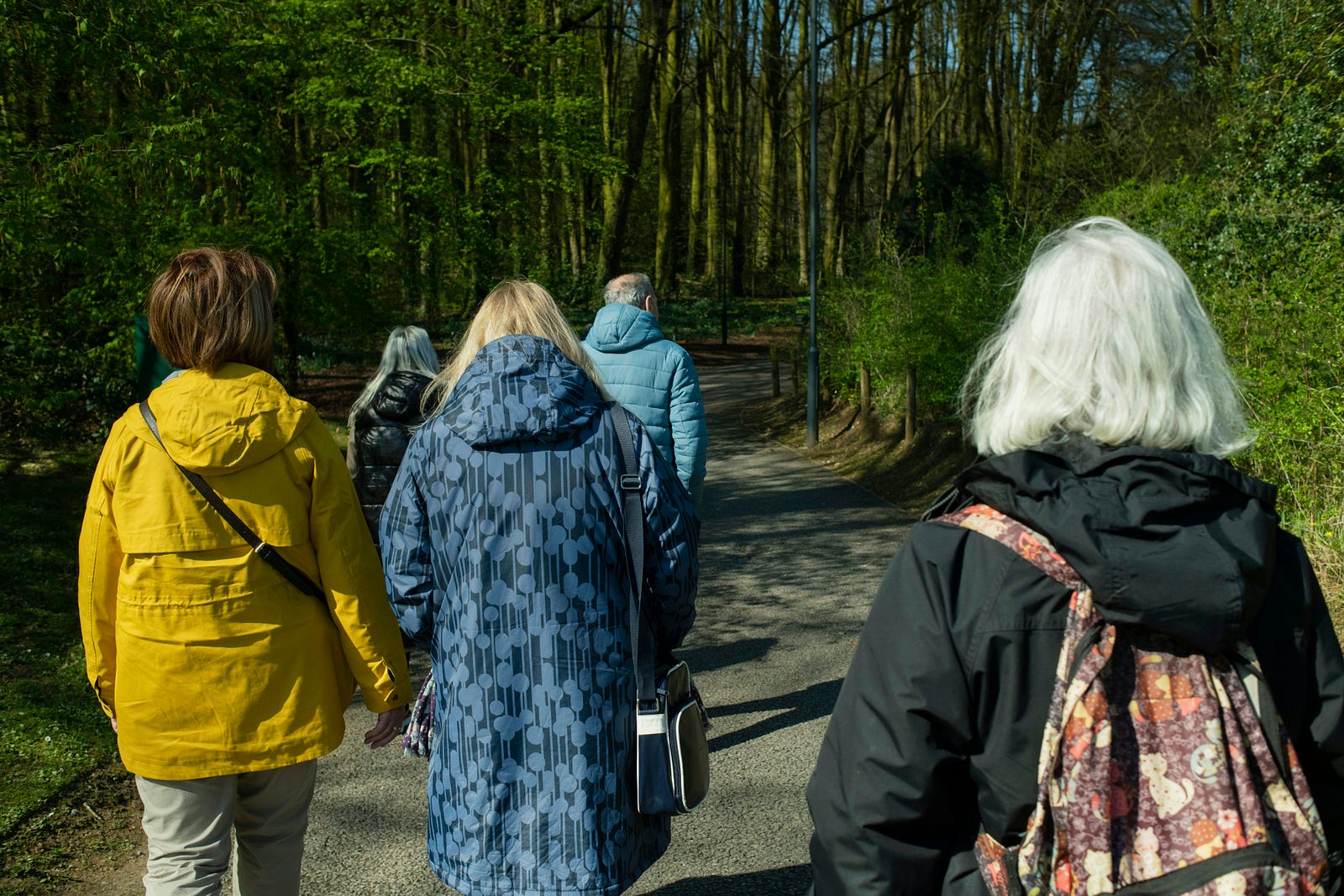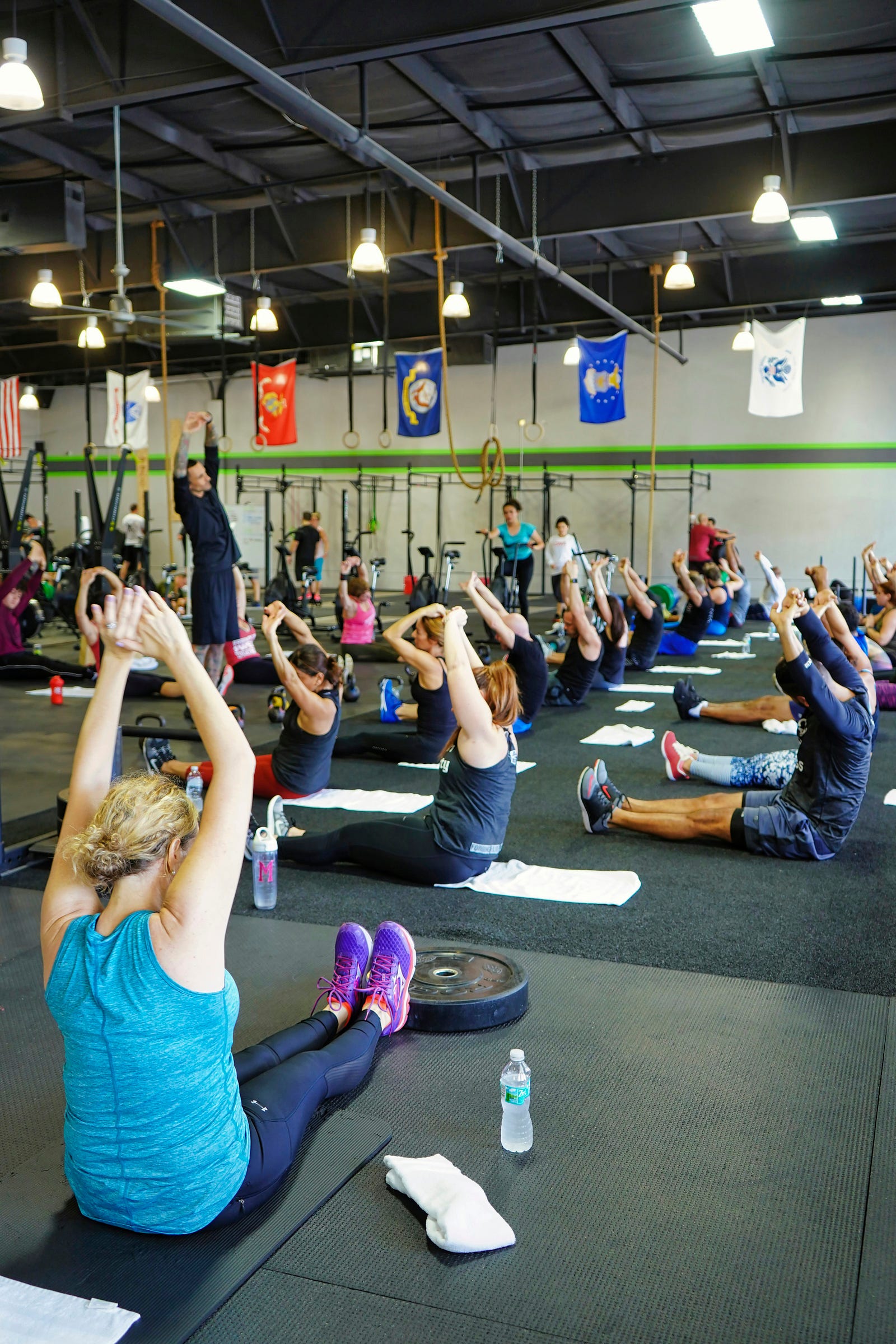I will start with a quiz about sticking to your workout routine.
Which of the following strategies augments the efficacy of physical activity interventions the most in older adults?
A. Goal-setting
B Peer-to-peer sharing
C. Both
D. Neither

If you chose B (peer-to-peer sharing), that’s a bingo!
Interpersonal Strategies Change Behavior
Are intrapersonal (for example, goal-setting) or interpersonal strategies best for promoting continuing physical activity?
A recent randomized clinical trial analyzed the two strategies in older adults.
Here are the results:
Individuals using interpersonal strategies increased physical activity up to 12 months after the intervention. Those using intrapersonal strategies had no changes in physical activity levels.
Patients who used both approaches were about as successful as those who used only interpersonal strategic tools.
Study Details
The scientists analyzed results at the one-week, six-month, and 12-month marks.
As noted above, the interpersonal group experienced increased physical activity — including light, moderate, and vigorous — for the entire year.

Those in the interpersonal group increased their daily physical activity by 21–28 minutes and their daily step count by 776–1058.
On the other hand, the intrapersonal group had no changes in total physical activity.
A third group — intrapersonal plus interpersonal conditions — had results similar to the interpersonal one.
Why The Findings Are Important
Low physical activity among older folks is associated with numerous problems, including the following:
- disability
- difficulty managing chronic conditions
- a higher risk of falls and other injuries

What Percent of People Meet Guidelines?
But what percent of older adults meet the recommended guidelines of 150 minutes of moderate aerobic activity and two weekly muscle-strengthening sessions?
And are the 30 minutes of walking recommended by the American College of Sports Medicine be done most days?
The answer is troubling: Less than 16 percent of older adults meet the recommended guidelines.
Tips – Sticking With Your Workout Routine
We can do better.
Most of my patients begin meeting the guidelines for physical activity with a gentle nudge from me.
Many of them who live in community dwellings have exercise classes available on-site.
Other potential assets include:
- Silver Sneakers, which is free for those with eligible Medicare Advantage plans
- AARP’s free online group classes
- Your local or state agency on aging may have a list of physical activity programs.
- You can find trainers with the Training the Older Adult certification here.
My Take – Sticking With Your Workout Routine
The new study teaches us that using interpersonal strategies leads to long-term improvements in physical activity.
Goal-setting does not provide the same benefit.
While intrapersonal approaches are fine, connecting with others can boost long-term adherence to exercise guidelines.

Find a friend, a trainer, or a class, and you are more likely to be successful in sticking with physical activity in the long term.
I encourage my patients to try regular short walks with a family member, friend, or neighbor. Aim for 30 minutes of walking on most days.
And don’t forget to fold in some resistance training.
Thank you for reading “Unlock the Secret to Sticking with Your Workout Routine.” Oh, one more thing: Make exercise fun. What’s your approach? Did you remember to sign up to follow this blog? Thanks.




